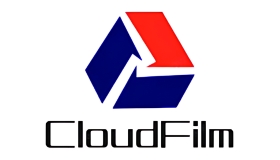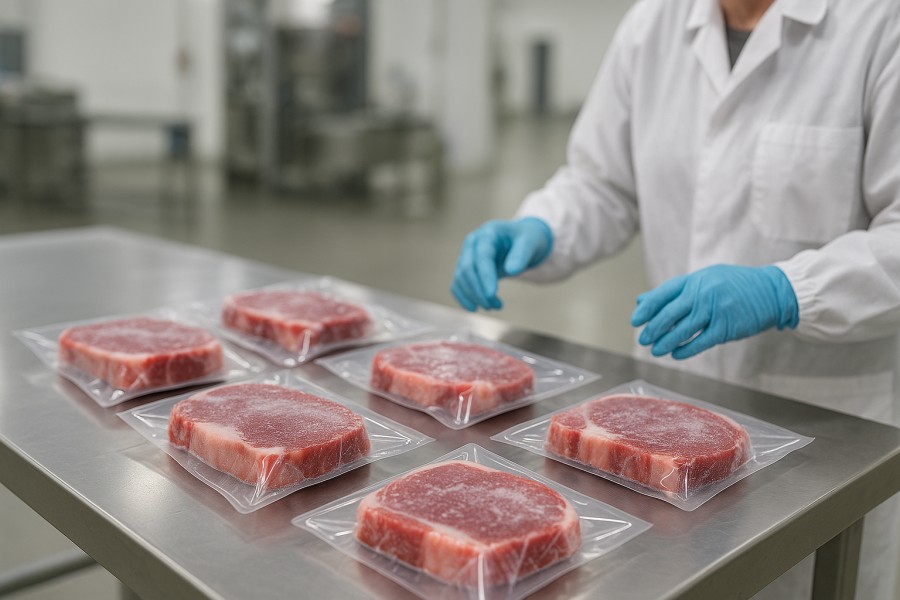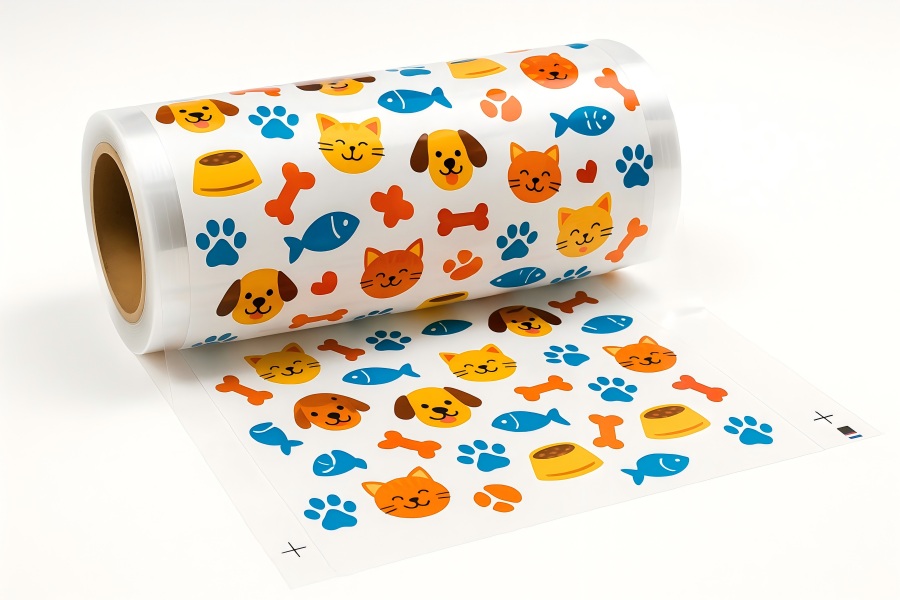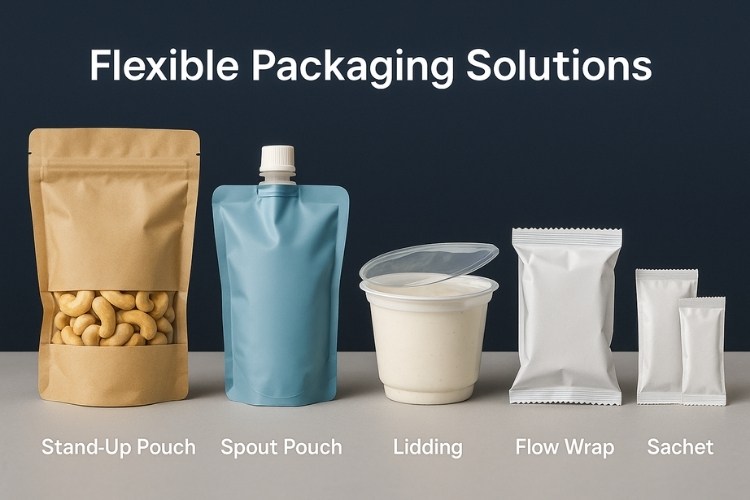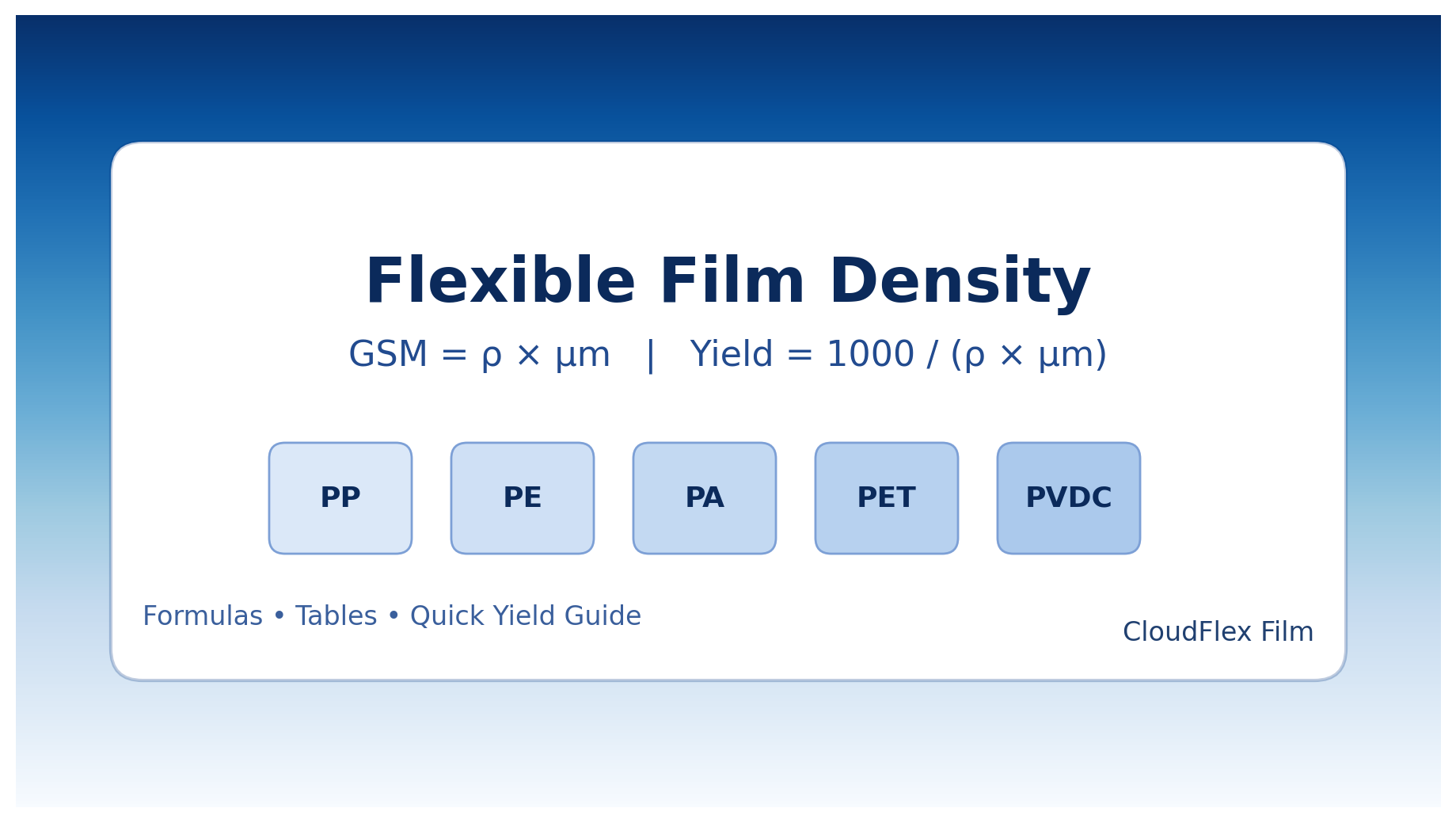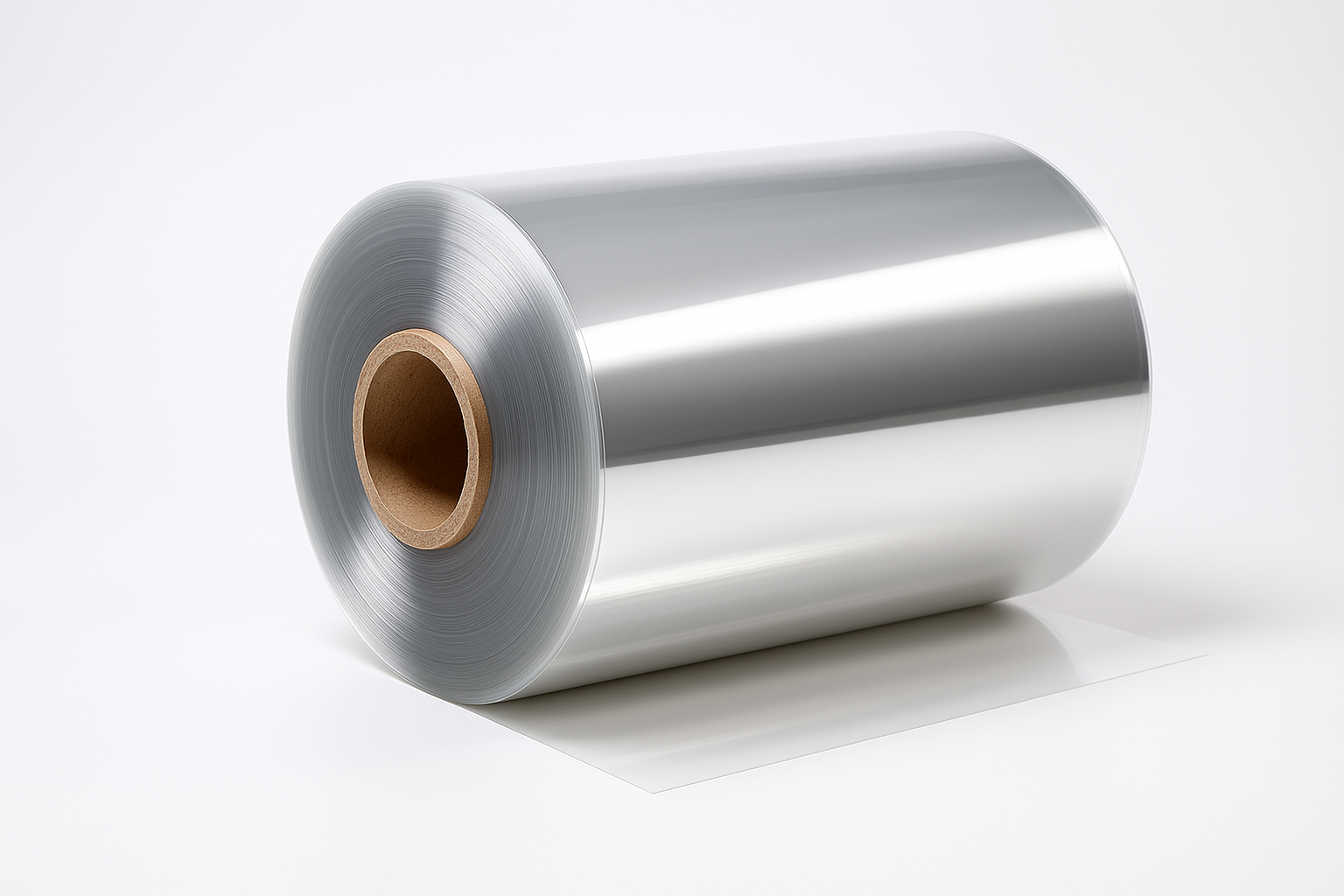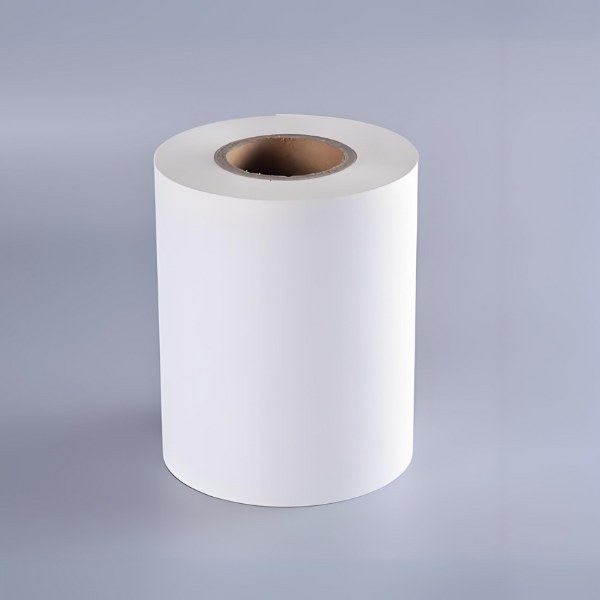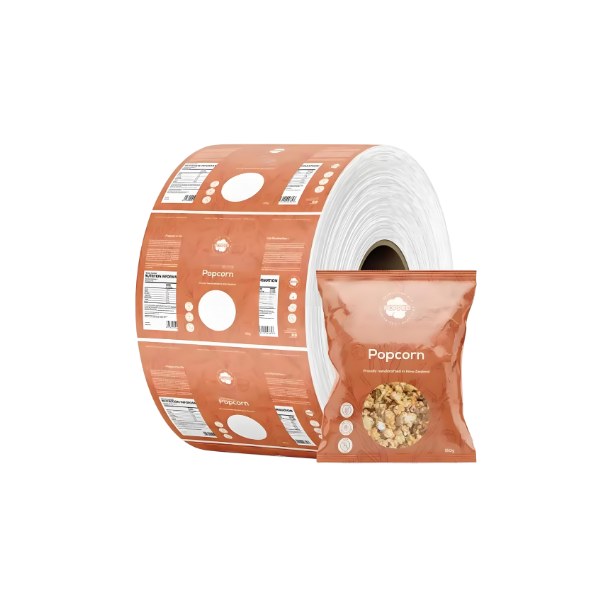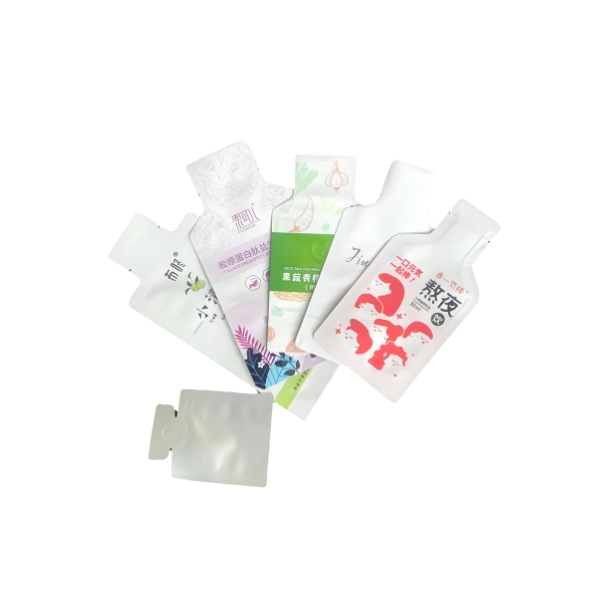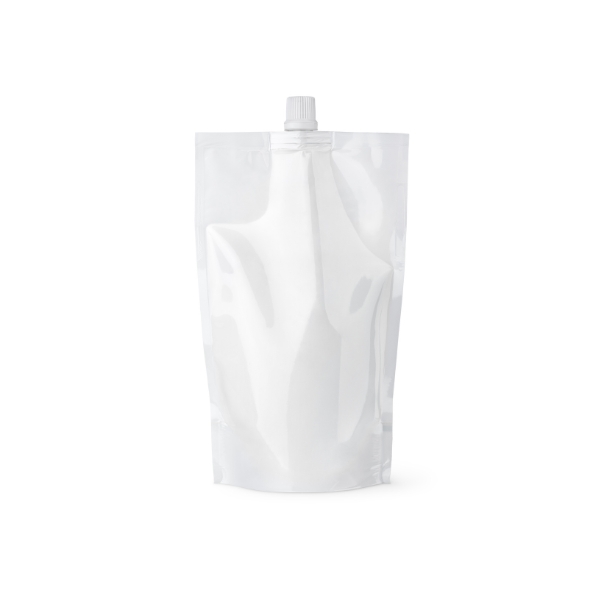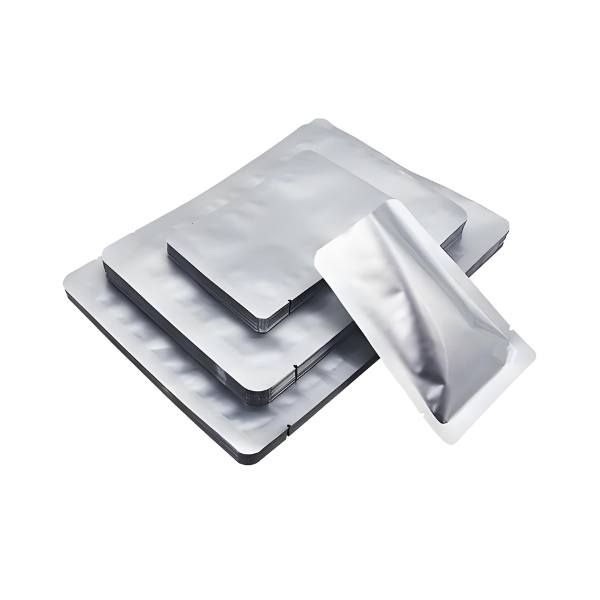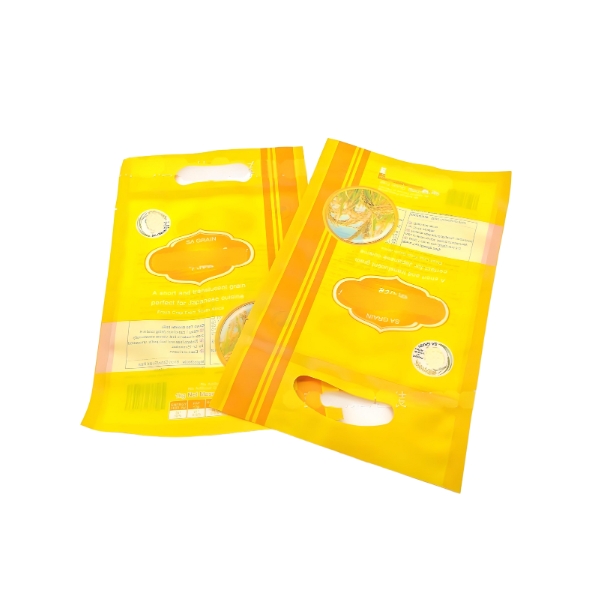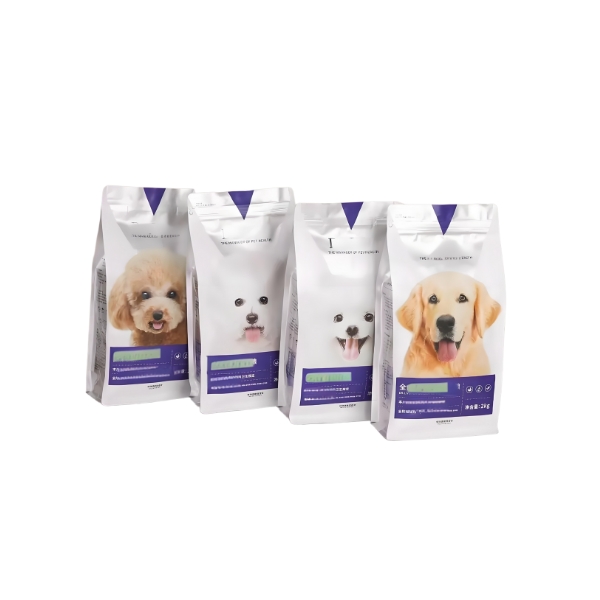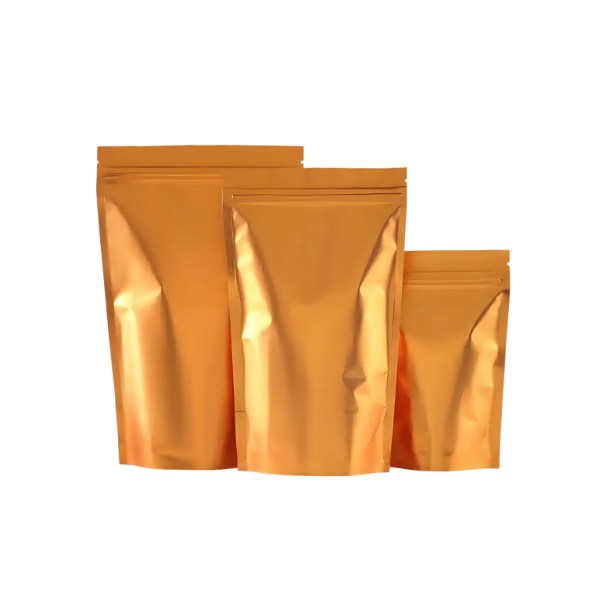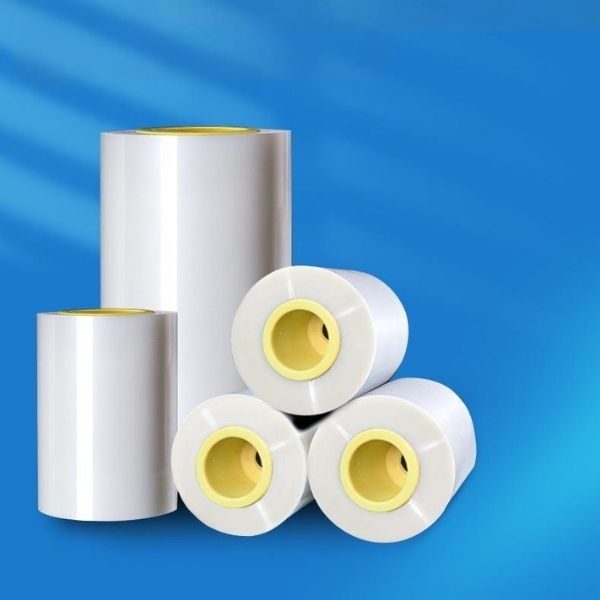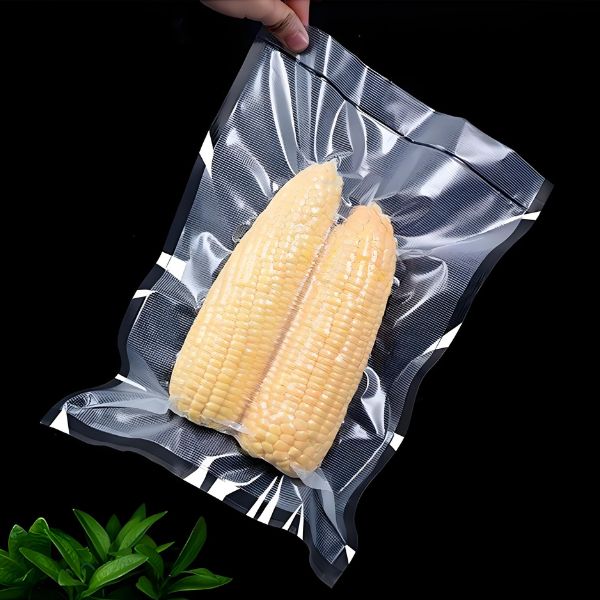Introduction to Flexible Packaging Printing
1.1 What is Flexible Packaging Printing?
Flexible packaging printing refers to the process of applying graphics, text, and designs onto flexible packaging materials such as plastic films, foils, and paper. This specialized printing technique creates packaging solutions that are lightweight, durable, and customizable for various products.
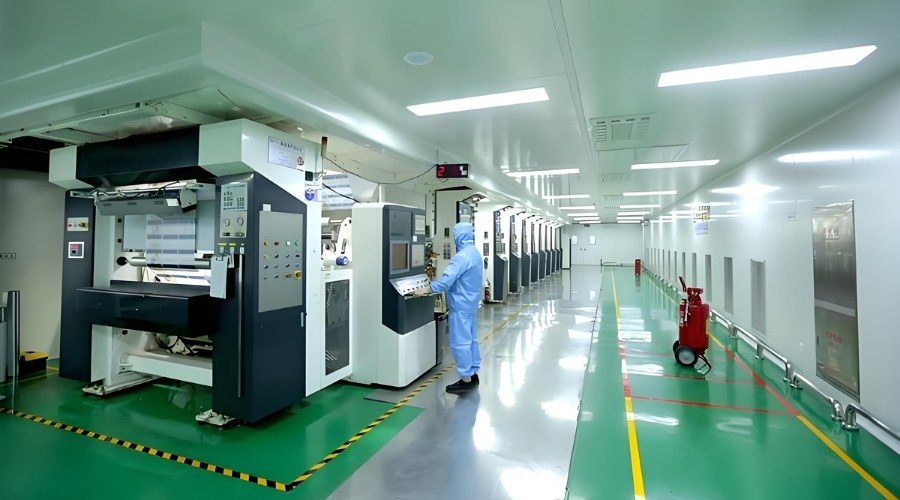
1.2 Importance in Modern Business
In today’s competitive market, flexible packaging printing plays a crucial role in brand differentiation, product protection, and consumer appeal. The global flexible packaging market continues to grow, driven by consumer demand for convenience and sustainability.
1.3 Primary Application Areas
Flexible packaging printing serves diverse industries including:
- Food and beverage
- Pharmaceutical and healthcare
- Personal care and cosmetics
- Industrial and agricultural products
Detailed Analysis of Flexible Packaging Printing Technologies
2.1 Gravure Printing: Principles, Pros and Cons
Gravure printing utilizes engraved cylinders to transfer ink onto the substrate. It offers exceptional image quality and is ideal for long production runs.
Advantages:
- Superior print quality
- Consistent reproduction
- Efficient for large volumes
Limitations:
- High initial setup costs
- Longer lead times
- Less suitable for short runs
2.2 Flexographic Printing: Features, Suitable Materials and Limitations
Flexography uses flexible relief plates and is known for its versatility across different substrates.
Advantages:
- Fast production speeds
- Suitable for various materials
- Cost-effective for medium runs
Limitations:
- Lower resolution than gravure
- Plate wear over time
- Color matching challenges
2.3 Digital Printing: Innovation Points and Small Batch Advantages
Digital printing represents the newest frontier in flexible packaging, offering unprecedented flexibility and customization.
Advantages:
- No plates required
- Quick turnaround times
- Variable data printing capabilities
- Cost-effective for short runs
Limitations:
- Higher per-unit cost for large volumes
- Limited substrate compatibility
- Durability concerns for some applications
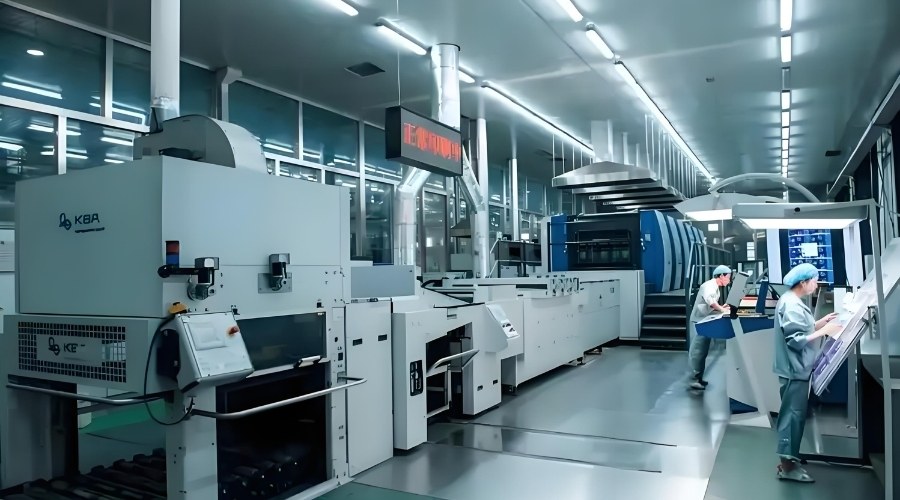
2.4 Comparison of Other Emerging Printing Technologies
| Technology | Speed | Quality | Best For | Cost Efficiency |
|---|---|---|---|---|
| Gravure | High | Excellent | Long runs | High volume |
| Flexography | High | Good | Medium runs | Medium volume |
| Digital | Medium | Very Good | Short runs | Low volume |
| Hybrid | Medium-High | Excellent | Variable runs | Flexible |
2.5 How to Choose the Right Printing Technology for Your Product
Selecting the appropriate printing technology depends on several factors:
- Production volume requirements
- Budget constraints
- Quality expectations
- Timeline considerations
- Substrate characteristics
Flexible Packaging Material Selection Guide
3.1 Common Flexible Packaging Materials and Their Properties
- Polyethylene (PE): Excellent moisture barrier, heat-sealable
- Polypropylene (PP): Good clarity, grease resistance
- Polyester (PET): High strength, temperature resistance
- Aluminum foil: Superior barrier properties
- Paper: Eco-friendly option with moderate barrier properties
3.2 Key Considerations in Material Selection
When choosing materials for flexible packaging printing, consider:
- Product compatibility
- Shelf-life requirements
- Environmental impact
- Regulatory compliance
- Consumer convenience features
3.3 Matching Materials with Printing Technologies
Different materials perform better with specific printing technologies:
| Material | Gravure | Flexography | Digital |
|---|---|---|---|
| PE | Excellent | Good | Fair |
| PP | Excellent | Good | Good |
| PET | Excellent | Excellent | Good |
| Foil | Excellent | Good | Fair |
| Paper | Good | Excellent | Excellent |
3.4 Cost and Performance Balance Strategies
Achieving the right balance between cost and performance involves:
- Material optimization
- Structure simplification
- Supply chain efficiency
- Waste reduction initiatives
Flexible Packaging Printing Quality Control
4.1 Establishing Color Management Systems
Effective color management ensures brand consistency across production runs through:
- Standardized color measurement
- Calibration protocols
- Profile creation and maintenance
- Regular quality audits
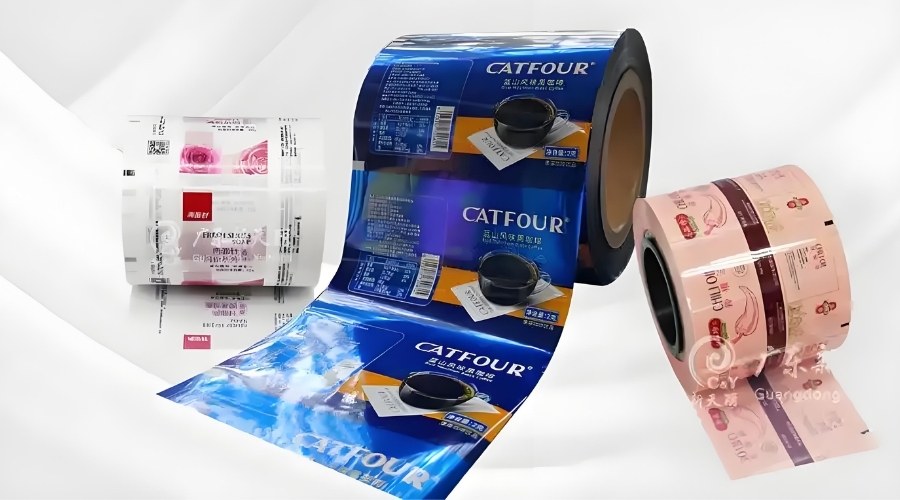
4.2 Identifying and Preventing Printing Defects
Common printing defects include:
- Color variations
- Registration issues
- Mottling or uneven ink distribution
- Pinholes and voids
Prevention strategies involve regular maintenance, process control, and operator training.
4.3 Quality Inspection Standards and Methods
Quality control methods include:
- Visual inspection
- Instrumental measurement
- Statistical process control
- Automated inspection systems
4.4 Solutions to Common Quality Problems
Addressing quality issues requires:
- Root cause analysis
- Process optimization
- Material improvements
- Technology upgrades
Sustainable Flexible Packaging Printing Solutions
5.1 Innovations in Eco-Friendly Printing Materials
Sustainable material innovations include:
- Bio-based polymers
- Recycled content materials
- Compostable substrates
- Lightweight structures
5.2 Energy-Efficient and Emission-Reducing Printing Processes
Environmental improvements in printing processes:
- UV and LED curing technologies
- Solvent recovery systems
- Water-based inks
- Energy-efficient equipment
5.3 Recyclable and Degradable Packaging Options
End-of-life solutions for flexible packaging:
- Mono-material structures
- Recyclable laminates
- Compostable packaging systems
- Chemical recycling technologies
5.4 Environmental Compliance Requirements and Certifications
Key environmental standards and certifications:
- ISO 14001 Environmental Management
- FSC (Forest Stewardship Council)
- Compostability certifications (TUV, BPI)
- Carbon footprint verification
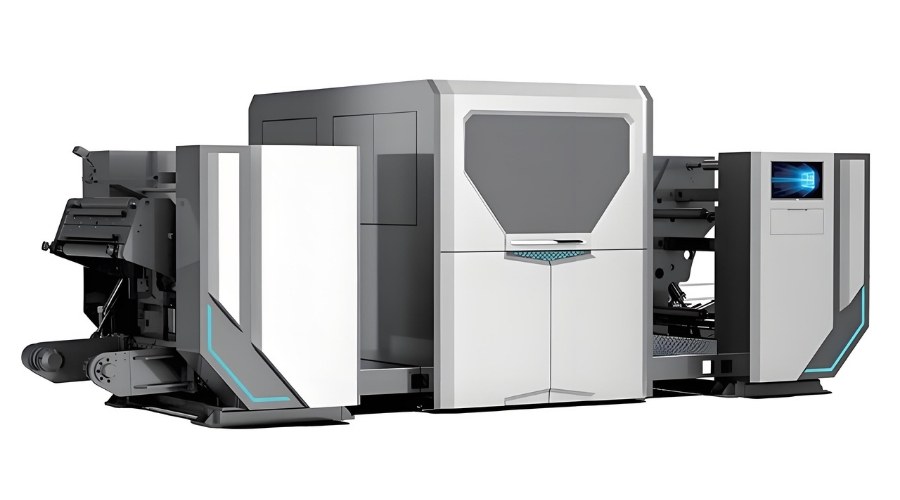
6. Industry Trends in Flexible Packaging Printing
6.1 Integration of Smart Packaging and Printing Technologies
Smart packaging innovations:
- QR codes and NFC integration
- Augmented reality features
- Temperature indicators
- Freshness monitoring
6.2 Development of Personalized and Customized Printing
Customization trends include:
- Variable data printing
- Regionalized packaging
- Limited edition designs
- Consumer personalization options
6.3 Impact of Digital Transformation on the Industry
Digital transformation effects:
- Supply chain optimization
- On-demand production
- Reduced time-to-market
- Enhanced collaboration capabilities
6.4 Future Technology Development Predictions
Emerging technologies to watch:
- Nanotechnology applications
- Advanced barrier coatings
- Intelligent inks
- AI-driven quality control
How to Select a Flexible Packaging Printing Service Provider
7.1 Key Metrics for Evaluating Suppliers
When selecting a printing partner, consider:
- Technical capabilities
- Quality certifications
- Production capacity
- Financial stability
- Innovation track record
7.2 Cost Structure and Budget Planning
Understanding cost components:
- Material costs
- Printing setup charges
- Tooling and plate costs
- Volume-based pricing
- Value-added services
7.3 Supplier Communication and Collaboration Models
Effective collaboration approaches:
- Integrated project management
- Transparent communication channels
- Joint development initiatives
- Performance metrics alignment
7.4 Common Partnership Pitfalls and Avoidance Strategies
Potential challenges and solutions:
- Quality inconsistency
- Communication breakdowns
- Capacity constraints
- Technology misalignment

Flexible Packaging Printing Success Case Studies
8.1 Innovative Packaging Solutions in the Food Industry
Case study highlighting how CloudFilm helped a food manufacturer extend product shelf life while enhancing visual appeal through advanced barrier technology and high-definition printing.
8.2 High-Standard Printing Practices for Medical Packaging
Examination of CloudFilm’s work with pharmaceutical clients to meet stringent regulatory requirements while maintaining brand consistency across global markets.
8.3 Differentiation Strategies for Personal Care Product Packaging
Analysis of how CloudFilm’s specialty finishes and innovative printing techniques helped a premium cosmetics brand stand out in a crowded marketplace.
8.4 Case Study Insights and Lessons Learned
Key takeaways from successful implementations:
- Early supplier involvement benefits
- Cross-functional team collaboration
- Testing and validation importance
- Continuous improvement mindset
Frequently Asked Questions (FAQs)
Q1: What is the minimum order quantity for flexible packaging printing?
A: Minimum order quantities vary by printing technology. Digital printing can accommodate quantities as low as 1,000 units, while gravure typically requires minimum runs of 10,000+ units for cost efficiency.
Q2: How long does the production process take?
A: Production timelines depend on complexity and quantity. Simple projects can be completed in 2-3 weeks, while complex multi-layer packaging may require 6-8 weeks including design, proofing, and production.
Q3: What are the most sustainable options in flexible packaging?
A: The most sustainable options include mono-material PE or PP structures that are recyclable, compostable materials for appropriate applications, and lightweight designs that minimize material usage.
Q4: How can I ensure color consistency across different production runs?
A: Color consistency is achieved through standardized color management systems, calibrated equipment, approved color standards, and regular quality audits throughout the production process.
Q5: What information do I need to provide to get an accurate quote?
A: For an accurate quote, provide package dimensions, material specifications, printing requirements, quantity needed, delivery timeline, and any special features or performance requirements.
Conclusion: The Future of Flexible Packaging Printing
10.1 Industry Opportunities and Challenges
The flexible packaging printing industry faces both opportunities and challenges:
- Sustainability pressures driving innovation
- Digital transformation enabling new capabilities
- Supply chain resilience requirements
- Evolving consumer expectations
10.2 Business Strategy Recommendations
To succeed in this evolving landscape:
- Invest in sustainable technologies
- Embrace digital capabilities
- Develop strategic partnerships
- Focus on value-added services
10.3 Continuous Learning Resources
Stay informed with these resources:
- Industry associations (FPA, AWA)
- Technical publications
- Trade shows and conferences
- Professional certification programs
At CloudFilm, we’re committed to helping our clients navigate the complex world of flexible packaging printing with innovative solutions, expert guidance, and sustainable practices. Contact us today to discuss how we can support your packaging needs.
